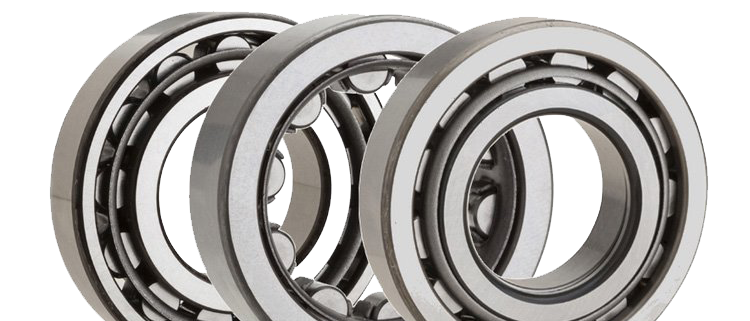How to maintain bearings?
Bearings are an integral part of mechanical equipment and they play a key role in various movements and rotations. However,the life of bearings is often affected by various factors,including use environment, maintenance frequency and method,etc. Here are some tips on how to maintain bearings.
1.Keep it clean.
1.Keep the bearings away from impurities such as dust, debris and metal particles. These impurities can cause bearing wear and damage.
2.Clean the area around the bearings regularly to make sure there is no residue or debris.
3.Use appropriate seals and guards to reduce the ingress of dust and other particulate matter.
2.Lubrication and maintenance.
1.Choose the appropriate lubricant based on the bearing type and working environment. For example, grease lubrication is suitable for low-speed heavy loads, while oil lubrication is suitable for high-speed light loads.
2.Change the lubricant regularly, usually based on usage time and mileage.
3.Avoid using too much or too little lubricant to avoid overheating or insufficient lubrication of the bearing.
4.For high-precision, high-speed bearings, it is recommended to use special grease or add lubricating oil.
3.temperature control
1.Bearing overheating can be caused by insufficient lubrication, excessive loading, or improper installation.
2.Check bearing temperatures regularly to make sure they are within normal limits.
3.For high-temperature environments or heavy-duty applications, consider using special materials and mounting methods to reduce temperatures.
- Regular inspection and maintenance
1.Regularly inspect the bearings, including appearance, lubrication and fixation.
2.For bearing types that are prone to failure, preventive maintenance should be performed in advance.
3.Bearing components that are prone to wear, such as balls or cages, should be replaced regularly.
4.During repairs, follow proper installation methods and use the correct tools to avoid further damage to the bearings.
5.Correct installation method
1.Select the correct installation method and tools based on bearing type and equipment requirements.
2.Appropriate pressure and speed should be used during installation to avoid damage to the bearings.
3.During installation, ensure the correct alignment and fit of the inner and outer bearing rings to avoid friction and vibration.
4.After installation is complete, check that the bearings are well fixed and that the equipment is in the correct position and angle.
6.avoid overloading
1.Make sure the equipment operates within the rated load range to avoid overloading.
2.If equipment loads change, the bearings should be adjusted to accommodate these changes.
3.For heavy-duty applications, bearings of appropriate strength and thickness should be selected.
7.Avoid shock and vibration
Avoid exposing bearings to shock or vibration, which may cause bearing damage or loosening.
For applications that are susceptible to shock, consider using buffer bearings or other shock-resistant designs.
Regularly check the status of the equipment to ensure its stable operation and avoid accidental impact on the bearings.
In summary, caring for bearings requires careful attention and maintenance, including keeping them clean, properly lubricated, controlling temperature, regular inspection and maintenance, proper installation, avoiding overloading, and avoiding shock and vibration. By following these recommendations, you can extend bearing life and improve equipment equipment performance.



